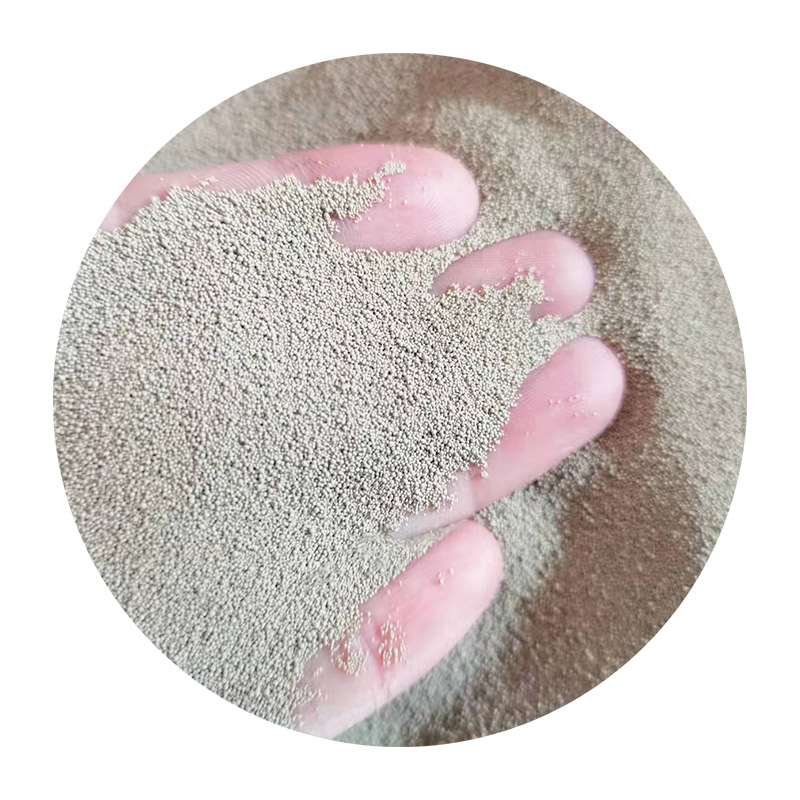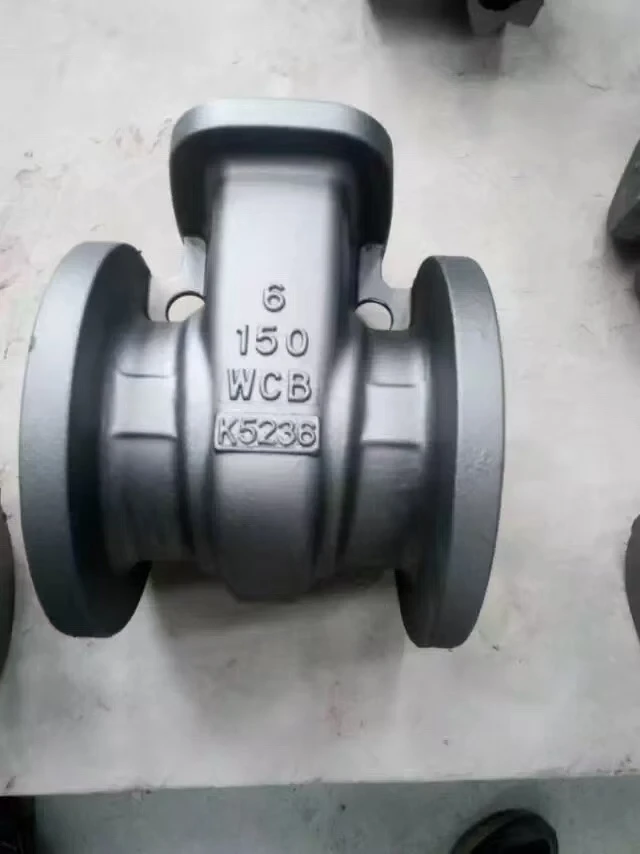

Real-world experience demonstrates that the key to successful sand casting lies in fine-tuning the numerous variables involved. From selecting the ideal sand composition to controlling the pouring temperature and cooling rate, every parameter must be meticulously calibrated. This precision guarantees that the final product meets the stringent standards required in high-stakes industries. Companies that have perfected these techniques not only produce superior quality castings but also instill trust and confidence in their clients. Despite its widespread use, sand casting is not without challenges. Defects such as porosity, misruns, and sand inclusions can compromise the integrity of the cast components if not correctly managed. Addressing these issues demands a deep understanding of both the material properties and the intricacies of the casting process. Expertise in this domain is often a culmination of years of hands-on experience, continual learning, and a commitment to quality assurance. To maintain authoritativeness and trustworthiness in sand casting mass production, it is crucial for manufacturers to adhere to international standards and quality certifications. These benchmarks not only validate the technical competence of a manufacturing facility but also reassure clients about the reliability and performance of the products. Engaging in continual research and development, as well as fostering partnerships with industry leaders, further establishes a company's standing as a trusted provider in the market. In conclusion, sand casting mass production remains a cornerstone of modern manufacturing, celebrated for its cost-effectiveness, versatility, and adaptability. By melding age-old techniques with cutting-edge technologies and adhering to rigorous quality standards, companies can produce parts that meet the evolving needs of various industries with unparalleled precision and reliability. The success of this process hinges upon the delicate balance of expert knowledge, practical experience, and a steadfast commitment to excellence. This dynamic combination not only ensures the integrity of the final product but also reinforces the reputation of sand casting as a pillar of industrial manufacturing. Post time:თებ . 15, 2025 11:33
Next:sand casting manufacturing process
